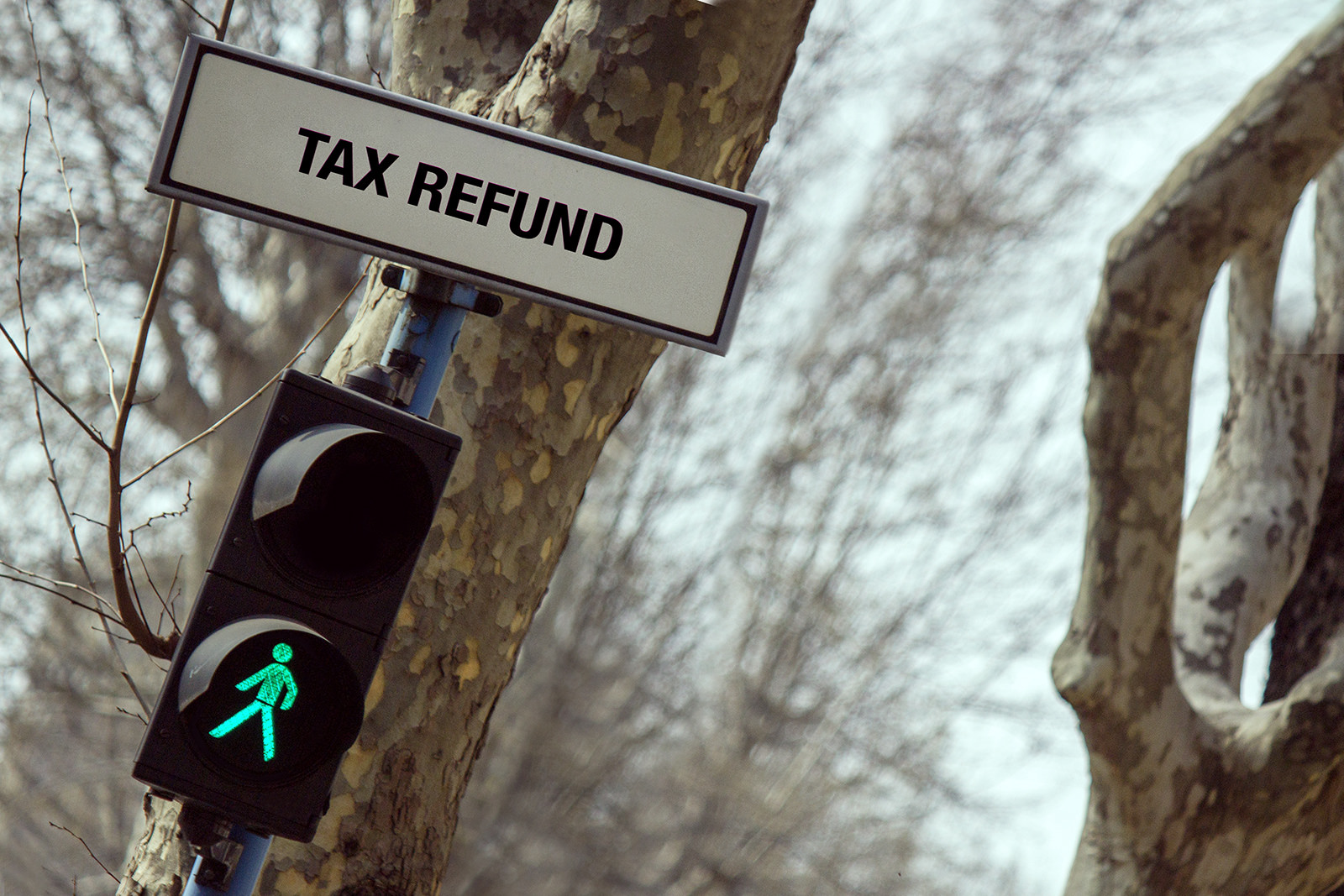
Your tax responsibility this year can cause a lot of financial stress that may put elements of your life in jeopardy. No one wants to fall behind on their payments or have their property repossessed. Well, what is one to do?
You may have heard about tax refund loans that can bridge the financial gap that you’re experiencing. Is it the right decision? At Donna J. Jackson & Associates, PLLC, we realize that everyone’s financial situation is different. It takes the know-how of qualified Accountants and Tax Preparers to assess whether seeking a tax refund loan is the right course of action for your future—there may be other options available to you. In this article, we’ll take your options as a taxpayer and offer some solutions that can help you out of the mess. After finishing this article, be sure to follow the information to Find an experienced Tax Professional for Tax Refund Loans.
When you normally file your taxes at the end of the tax year, you may be eligible for a refund. Depending on your financial status or withholdings, you may be entitled to a large cash sum that is a reimbursement overpaying your taxes. After filing, there generally is a waiting period for your check to arrive in the mail. For traditional tax filings through the mail, this period may take six to eight weeks after being accepted. For e-filing on the Internal Revenue Service’s website, it may take three weeks. For those in dire financial straits, this period of nearly a month or more may be too long.
Luckily, some companies specialize in bridging this gap for their clients. What these companies essentially do is offer you a cash loan based on the projected amount of your federal income tax refund to keep you afloat while the loan arrives. This is called a Tax Refund Anticipation Loan, or RAL.
RAL’s typically are offered between January and the end of the tax season in April. As with any type of service of this sort, these companies charge fees and interest to obtain a RAL. The taxpayer who qualifies and takes out a RAL is subject to the terms and conditions—just like any other loan. The difference is that the RAL may be higher than the anticipated amount of your tax refund, and you’ll still be subject to fulfilling your obligations to the company that issued the RAL.
An RAL is almost equivalent to a payday loan, with higher rates than normal institutions like banks offer. Unfortunately, this how these companies make their money and you may end up being further in debt than you originally anticipated. Determining whether this is a valid decision does take some deep consideration—will you be coming into money that can meet the expectations of the loan? Will there be other complications that aren’t easy to predict, like unpaid traffic tickets or outstanding child support?
Because there are so many companies that offer a RAL service, you should understand that there’s no one standard rate and costs can vary tremendously. What usually is pervasive throughout the RAL industry is large interest rates. Essentially, they’re hedging their risk against your financial viability. What’s more is that a portion of the RAL is guaranteed by the tax refund—the rest is up to your ability to pay. Don’t assume that you won’t be subject to other mandatory fees associated with the loan, like application fees and even a fee to cash the check they issued! One casual estimate of how much RALs typically charge is nearly 10%. Having a tenth of your refund check sooner than waiting for often a few more days may or may not be worth the risk. Then again, this is a decision that only you can make.
Another solution is that you can Find a Tax Preparer that might offer you some alternatives, like hidden credits and deductions. The cost of a professional is often significantly less than a RAL when all is said and done.
Before deciding on whether a RAL is the right decision, make sure you know the answers to these important questions:
Businesses that prepare and file an individual's tax return typically offer RALs, as they’ll be familiar with their client’s financial abilities and situation. Some examples include tax preparation businesses, car dealerships, furniture stores, or check cashing businesses.
There a few items that a creditor must disclose before finalizing a RAL. These include:
Here are some ways to avoid the high costs and risks of RALs and get your tax refund back quickly at the same time:
|
|
